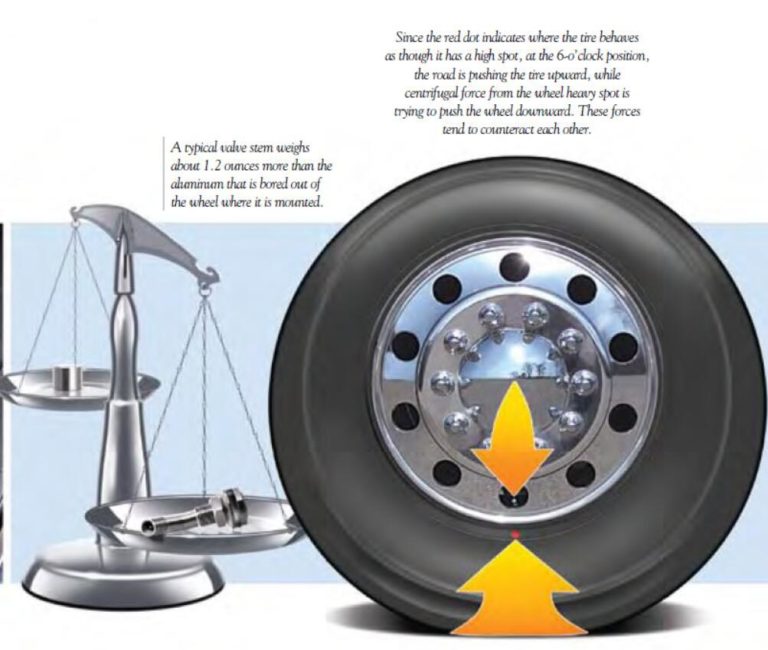It’s not easy to change a tire, mainly because of the weight. Tires can be very heavy, but what is the average weight? How much do tires weigh, and what factors affect how heavy they are?
In this guide, we evaluate the different tire weights. We also talk about what affects the weight. While every tire might be slightly different, this article gives you a better idea of where the weight might fall.
The average passenger car tire weighs between 15 and 25 pounds. However, the tire’s weight depends a lot on the type and size. A smaller passenger tire might only weigh 15 pounds (6,8 kg), while a larger truck tire can weigh up to 80 pounds (36 kg) or more.
These weights are just for the tire alone, without factoring in the additional pounds that the rim adds.
Factors Affecting Tire Weight1. SizeThe biggest weight factor is the size of the tire. There are multiple facets of the tire size. First, you must look at the diameter. The diameter affects the volume, which translates to weight. It also shows how much material needs to be used, which makes it heavier.
You must also compare the width of the tire. The wider the tire is, the more material is used and the more air pressure it holds, so the higher the weight is.
RELATED: How To Read Tire Size – Tire Sizes Explained
2. TypeThe tire type also affects its overall weight. The compact passenger tire is going to naturally weigh less than the large tire size.
It’s easy to see how tires stack up by weight when compared to one another. In most cases, the smaller the tire is, the less it should weigh.
3. ApplicationThe standard passenger tire comes with a belt system, casing and tread. All of these components will be found across the tire industry. However, certain tires meant for additional purposes can have other features that add to the weight.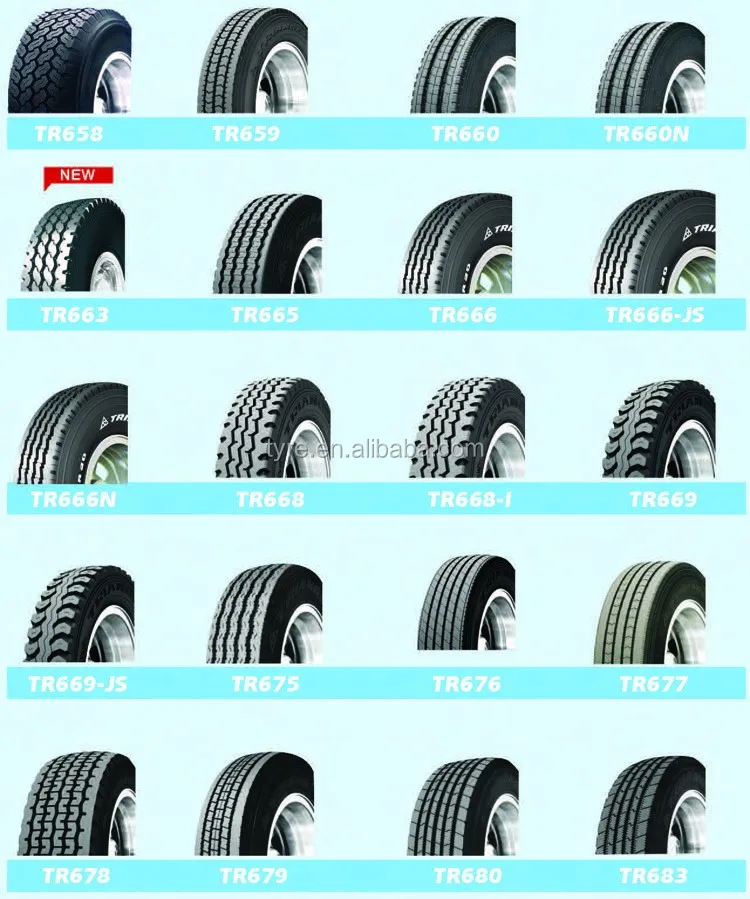
As an example, the mud or all-terrain tire has chunky blocks in the tread, which is very different from the regular passenger tire. While these tires could be the same size, the all-terrain tires could be heavier in nature.
Additionally, the premium tire might weigh more overall. It can contain extra layers of rubber compared to the budget-minded tire. While the durability is higher, so is the price.
RELATED: How Much Does a Car Weigh? (Average Weight by Car Type)
Tire Weights by Type1. Passenger CarIt’s difficult to put all passenger car tires into one category because there are so many of them. This category can cover everything from 13- to 20-inches.
The majority of passenger car tires measures between 15 and 25 pounds. The smaller the tire is, the less you can expect it to weigh. It also depends on what level of performance the tire provides, with luxury or performance-focused tires having more material included, adding to the weight.
RELATED: How Much Does A Car Engine Weigh? (Small or Large Engines)
2. Truck/SUVThe truck or SUV tire is going to come in a variety of sizes, just like the passenger car tire. When it comes to the light-duty truck tire, it needs to provide support for regular hauling and towing. However, these same tires are used on comparable SUV models. That’s why most of the tires are between 17- and 24-inches.
On average, you can expect a truck or SUV tire to weigh 45 to 100 pounds, although there are some that weigh more or less.
3. Commercial TruckClearly, the commercial truck tire is going to be much heavier than the average pickup truck. They are larger and heavier than the average tire because of how much of a load is put on top of it. These tires must also provide the capability for hauling and towing.
On average, the commercial truck tire will weigh between 100 and 250 pounds. As with all the other types, there can be some that fall lighter or heavier in certain circumstances.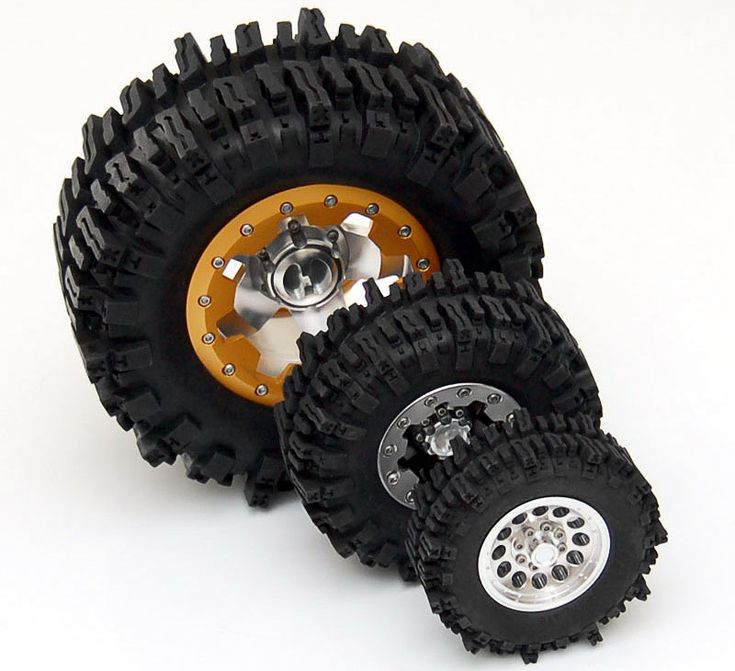
The monster trucks will be among the heaviest on the market. They are built with heavy-duty applications in mind. While they aren’t necessarily towing or hauling any loads, they need to be built, so the rubber doesn’t blow out.
The majority of monster truck tires measure up to 66 inches high and possibly to 43 inches wide. That means you get a tire that’s about 6 feet tall and 4 feet wide. It becomes clear why the tire is meant for monster trucks.
With a tire this big, you can only expect a massive amount of weight. Because these tires weigh between 600 and 900 pounds, it’s not easy to simply change them. It requires a lot of effort and the right equipment to get one of these tires off and a new one put on.
5. MotorcycleIf you think that a motorcycle tire is usually lighter than a passenger car tire, you would be right. It’s important for all motorcycles to keep the weight to a minimum, which is why lighter tires are used.
On average, the motorcycle tire might weigh between 8 and 30 pounds. Generally, the front tires usually weigh less than rear tires.
Unlike the car tires, where all four will likely weigh the same amount if they are the same brand, the two motorcycle tires can have different weights.
6. Golf CartThe golf cart tire helps you to traverse even smooth surfaces, such as what’s found on the golf course. For this reason, the tires don’t need to weigh a lot.
On average, you can expect golf car tires to weigh about 10 pounds. This could be a little more than what’s found on a lawnmower.
7. TrailerThe trailer tire needs to be able to hold whatever you are hauling. Depending on the size of the trailer, your tires could weigh around 10 pounds each.
Trailers can also hold a varying amount of tires. If the trailer contains two axles with dual-tire hubs, you would have a total of eight tires.
8. ATV
ATVAll-terrain vehicles have tires that can handle rough surfaces. For this reason, they are built to handle more obstacles and uneven terrain.
On average, the ATV tires will weigh between 20 and 40 pounds. The UTV will hold the same type of tires.
9. Farm/TractorThere is a wide variety of farm and tractor tires available, depending on what equipment you are using. These tires must be able to get across any type of surface, or the farmer might not be able to get to crops or accomplish the tough jobs that are ahead.
That’s why farm and tractor tires can have a variety of weight ratings. Some can weigh as low as 30 pounds, while others can weigh hundreds of pounds.
How much a big tire weighs depends entirely on how big the tire is. For example, large tractor tires can weigh 400 to 600 pounds each, which can give a total weight of all 4 tires of 2400 pounds.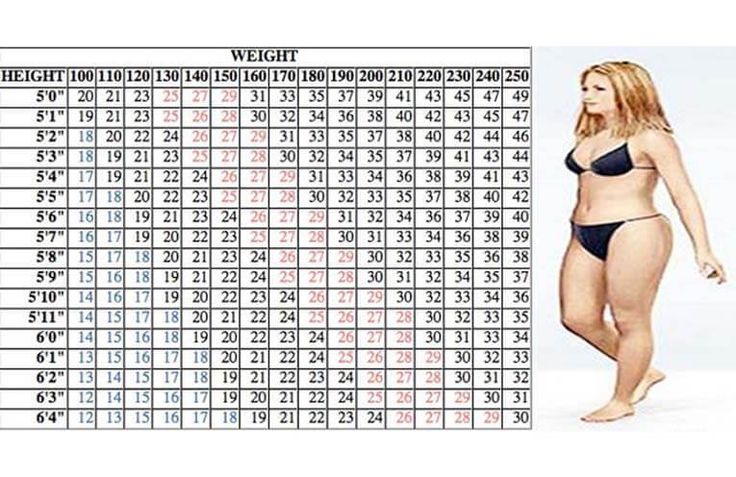 Large SUV tires for a car can weigh 100 pounds or more.
Large SUV tires for a car can weigh 100 pounds or more.
The best and most accurate way to figure out the weight of your tire is to either get the correct weight from the tire manufacturer or put it on a scale. If you find the product number on the tire, you can often find the weight information on the tire manufacturer’s website.
The weight difference between a tire filled with air or empty is only a few grams, so the difference is almost unmeasurable. Therefore, to find out how much a tire weighs with air, you need to find out how much it weighs without air.
The average rim weighs around 20 to 30 pounds, and the average tire is around 15 to 25 pounds. Therefore, you can expect a full wheel weight of 35 to 55 pounds. However, this depends on many factors such as rim material, tire size and much more.
Was this article helpful?
YesNo
Given that tractors are hulking vehicles that weigh at least 19,000 pounds, you’d have to expect that a tractor’s four tires would have to be substantial as well. Now that you’re thinking about it, you’re curious. Exactly how heavy are tractor tires?
Now that you’re thinking about it, you’re curious. Exactly how heavy are tractor tires?
The average large tractor tire is 400 to 600 pounds each. When you take those numbers and add up all four tires, your tractor tires alone may weigh 800 to 2,400 pounds!
In this article, we’ll tell you everything you need to know about your tractor tires. We’ll discuss tractor tire sizes and weights in more detail as well as how to determine the weight of your own tires. We’ll even share some tips for prolonging tractor tire life. Keep reading!
How Much Does the Average Tractor Tire Weigh?
Believe it or not, tractor enthusiasts aren’t the only ones who are passionate about tractor tires and their weights. Athletes and weightlifters seek these tires because they’re hefty and pushing the tire around is a great form of exercise.
Your tractor tires can be one of four sizes. Depending on how large they are, they’re either more lightweight or heavyweight.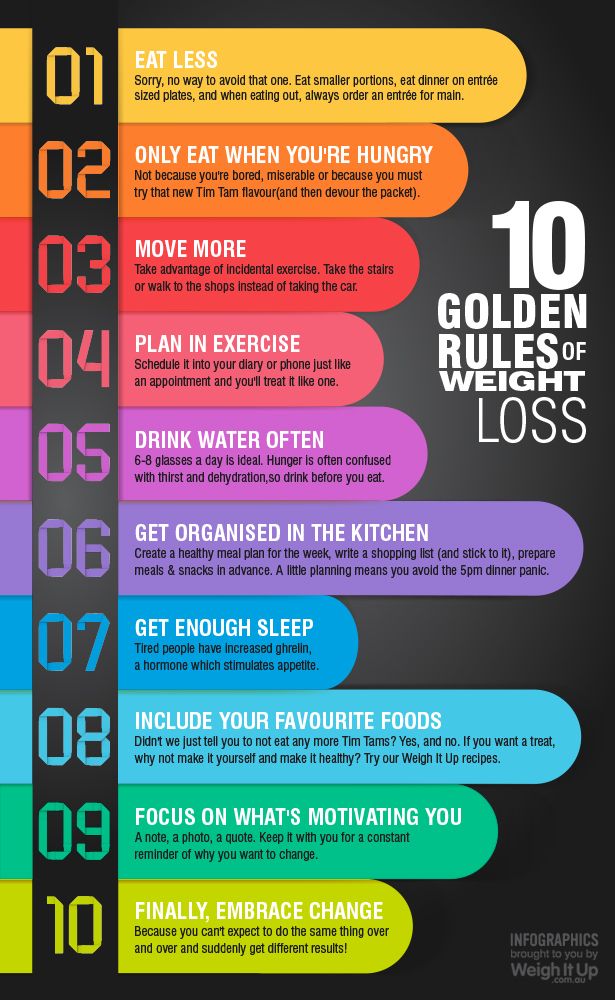 Here’s a closer look at tractor weights based on size.
Here’s a closer look at tractor weights based on size.
Small Size Tractor Tires
The smallest tractor tires are 17.5 by 25 feet. At max, these weigh 300 pounds. That’s by no means light, as the average car tire is 25 pounds. Even if you look at a heavy-duty vehicle that’s more comparable to a tractor, such as a pickup truck, those tires weigh around 200 pounds each. Your tractor tire will still outweigh a pickup tire by 100 pounds or so!
Medium or Mid-Sized Tractor Tires
Next is a tractor tire that’s 20.5 by 25 feet. This mid-sized tire isn’t that much bigger than a small, so you don’t get a lot of extra weight, either. Medium-sized tractor tires may weigh 400 pounds or slightly more.
Large Tractor Tires
Now we’re getting into some truly sizable tires. Tractor tires that are 23.5 by 25 feet are large. Per the information in the intro, they could weigh 400 to 800 pounds each. Some large tractor tires are a little lighter at 550 to 650 pounds. The weight of a tractor tire at this size is dictated by its wear patterns and how much metal is included within.
The weight of a tractor tire at this size is dictated by its wear patterns and how much metal is included within.
Extra Large Tractor Tires
Yes, you can go a step up to an extra large tire that’s 26.5 by 25 feet. These are also by far the heaviest, with each tire weighing 1,000 pounds on average. That would mean your tires contribute 4,000 pounds to the load of your tractor. That’s extraordinary!
How Do You Determine How Much Your Tractor Tires Weigh?
You’d love to know more about your own tire tractors and how much they weigh, but how do you even start? It’s not like you can just detach your tires from your tractor, put the tire on a household scale, and see what the reading is. The average tractor tire is far too heavy for that.
Fortunately, you don’t have to do any heavy lifting. Instead, find the sidewall of your tire. There, you should see a five-digit number. The first two digits are separated by a period. A dash should be between the third and fourth numbers.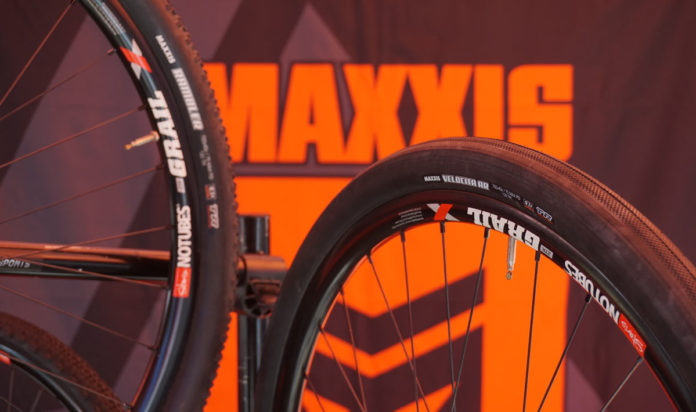
Here’s an example of what that five-digit number looks like: 16.9-30.
These digits are not there arbitrarily, by the way. The 16.9 in this example, or the first numbers, refer to the width of your tractor tire from one sidewall to the other. This is represented in inches. The 30 is the diameter of your tire’s rim, also in inches.
It would be nice if that’s all there was to it, but it’s not. Your tires can be metric, radial, or standard sizes. Here’s an explanation of all three types.
photo credit: meMetric Tractor Tires
A metric tire may also be referred to as a European tire based on its measurement system. You can tell your tractor tire is measured in metric size because it will have an R in there somewhere and a slash or two. An example is 280/85R20 or 420/85R24.
How do you make sense of these numbers and letters? Look at the first number and start there, as that’s the tractor tire’s width when it’s appropriately inflated and mounted.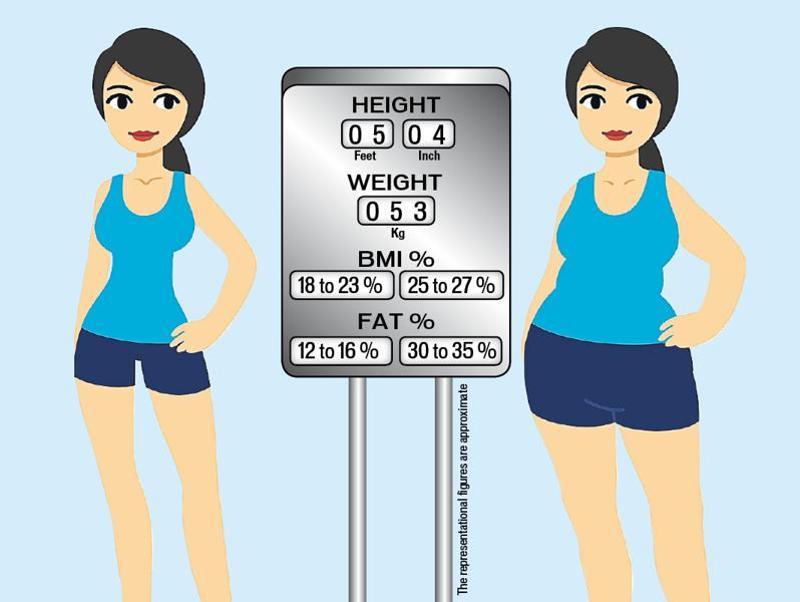 If that number seems small, that’s because instead of inches, it’s represented in millimeters.
If that number seems small, that’s because instead of inches, it’s represented in millimeters.
The next number on metric tractor tires is the aspect ratio. The ratio includes the tire width in a percentage to its height when appropriately inflated and mounted. Again, this number is in millimeters, so it will be smaller.
What about the R? That means the tire has radial construction, common in metric tractor tires. The number after the R is the wheel diameter for mounting.
Radial Tractor Tires
Speaking of the R for radial construction, you’ll definitely see that on the sidewall of radial tractor tires. Radial construction, by the way, means the tires have 90-degree cord piles that move the same direction your tires travel. Most tires are radial, but not all.
A radial tractor tire will have two numbers separated by a period, then one number, the letter R, and two numbers following that. For example, 11.2R20 or 18.4R26.
Standard Tractor Tires
The first example of tractor tire sizes we discussed earlier in this section is standard. Besides the way the sizing was represented in that example, you may see an alternate expression that looks like 11.2X20 or 16.9X28. The numbers don’t mean anything different; they’re just printed in another way on the sidewall.
Besides the way the sizing was represented in that example, you may see an alternate expression that looks like 11.2X20 or 16.9X28. The numbers don’t mean anything different; they’re just printed in another way on the sidewall.
It’s possible to convert from one type of tractor size to another. You can also look at this handy conversion chart courtesy of Ken Jones Tires. If you see a blank spot, that means there’s no applicable conversion for that tire size.
| STANDARD | RADIAL | METRIC |
| 11.2X30 | 11.2R20 | 280/85R20 |
| 12.4X20 | 12.4R20 | 320/85R20 |
| 9.5X24 | 9.5R24 | 250/85R24 |
11.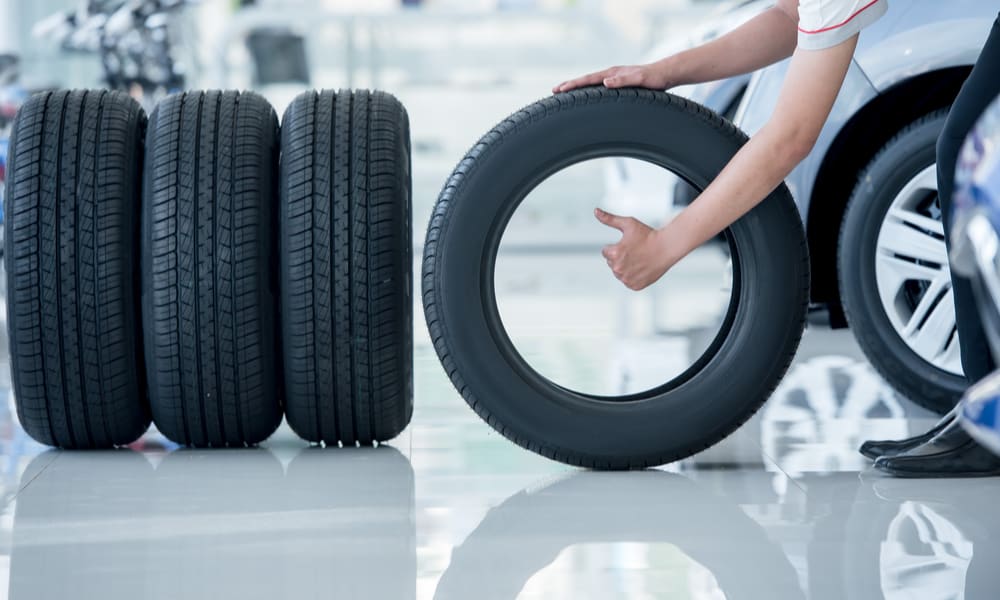 2X24 2X24 | 11.2R24 | 280/85R24 |
| 12.4X24 | 12.4R24 | 320/85R24 |
| 13.6X24 | 13.6R24 | 340/85R24 |
| 14.9X24 | 14.9R24 | 380/85R24 |
| 16.9X24 | 16.9R24 | 420/85R24 |
| 18.4X26 | 18.4R26 | 420/85R26 |
| 11.2X28 | 11.2R28 | 280/85R28 |
| 12.4X28 | 12.4R28 | 320/85R28 |
| 13.6X28 | 13.6R28 | 340/85R28 |
14.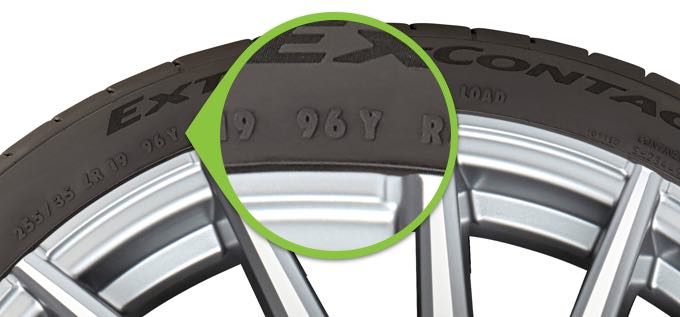 9X28 9X28 | 14.9R28 | 380/85R28 |
| 16.9X28 | 16.9R28 | 420/85R28 |
| 14.9X30 | 14.9R30 | 380/85R30 |
| 16.9X30 | 16.9R30 | 420/85R30 |
| 420/90R30 | ||
| 18.4X30 | 18.4R30 | 460/85R30 |
| 12.4X32 | 12.4R30 | 320/85R32 |
| 12.4X34 | 12.4R34 | 320/85R34 |
| 14.9X34 | 14.9R34 | 380/85R34 |
16.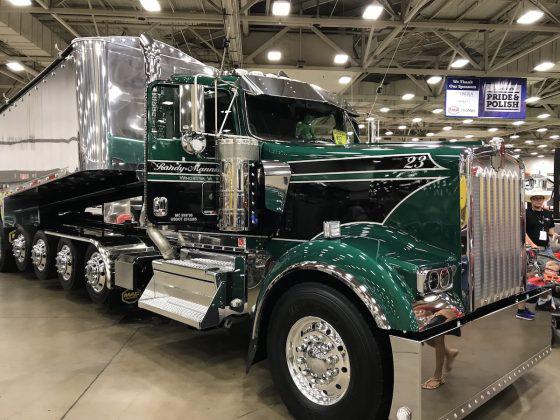 9X34 9X34 | 16.9R34 | 420/85R34 |
| 18.4X34 | 18.4R34 | 460/85R34 |
| 20.8X34 | 20.8R34 | 520/85R34 |
| 12.4X36 | 12.4R36 | 320/85R36 |
| 13.6X36 | 13.6R36 | 340/85R36 |
| 13.6X38 | 13.6R38 | 340/85R38 |
| 14.9X38 | 14.9R38 | 380/85R38 |
| 16.9X38 | 16.9R38 | 420/85R38 |
| 18.4X38 | 18.4R38 | 460/85R38 |
20. 8X38 8X38 | 20.8R38 | 520/85R38 |
| 18.4X42 | 18.4R42 | 460/85R42 |
| 20.8X42 | 20.8R42 | 520/85R42 |
| 20.8X46 | 20.8R46 | 520/85R46 |
Tips for Caring for Tractor Tires
It wasn’t easy to figure out the size of your tractor tires, especially if you had to convert from metric to standard or radial, but you did it. You’d like to hold onto the tractor tires you do have for the next several years if possible so you don’t have to do any tricky conversions again for a while.
By following these handy maintenance and care tips for tractor tires, you can keep your tires in tip-top shape.
Clean Your Tractor Tires
Your day-to-day operations accumulate dirt on and underneath your tractor, especially the tires. When you retire your farming duties for the afternoon, treat your tires to a bath if they’re especially filthy.
When you retire your farming duties for the afternoon, treat your tires to a bath if they’re especially filthy.
Use water, soap, and a quality tire brush. Get in the grooves of your tires and clean all the way to the bottom. Then, let the tires take their time air drying. Clean tires drive better, which could help you enjoy them longer.
photo credit: meAvoid Driving on Pavement Often
Your farm tractor can handle a bit of pavement driving, but not much. Remember that tractor tires are not car or truck tires. They’re better for traversing softer terrain like dirt, grass, or hay. Limit your pavement driving as much as you can.
Another reason that should incentivize you to keep the tractor on the farm? In some states, such as Pennsylvania, you can’t drive your tractor on the street without titling the vehicle first.
Don’t Wait to Get Replacement Tires
The longer you go without replacing those old, worn-down tires, the more risk you’re at each time you drive your tractor. At any point, if you hit a pointy stone or some other debris, your tire can pop. Given the size and height of the tire, you’d surely feel it if you’re driving your tractor when this happens.
At any point, if you hit a pointy stone or some other debris, your tire can pop. Given the size and height of the tire, you’d surely feel it if you’re driving your tractor when this happens.
You’ll know your tires are on their last days if you feel like the wheels slip a lot more often than usual. If the conditions outside aren’t particularly wet, then your tires shouldn’t slip like this.
You might also notice that your tires can’t maintain air pressure anymore, even if you just filled them up yesterday.
It’s also possible for your tires to develop dry rot. Dry air and sun exposure sucks up the tire’s elasticity and causes the material to crack. Besides that, you may also notice tire fading, paleness, and brittleness. All are signs your tires shouldn’t be driven on again.
Buy Quality Tires
You may spend as much as several hundred dollars per tractor tire, but going the cheap route will come back to bite you. Sure, you get a good deal now, but when your tires pop or otherwise fall apart on you a month after your purchase, you’ll be upset.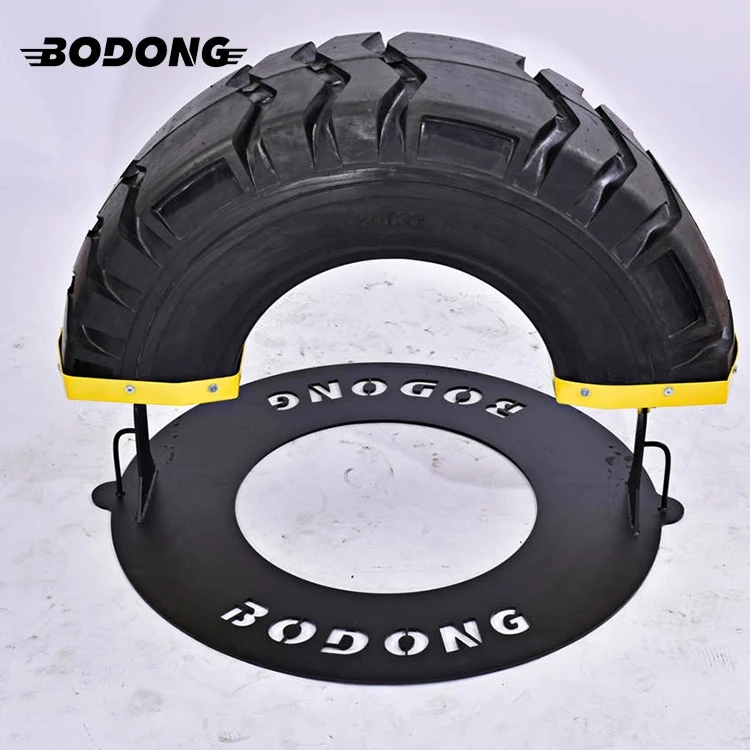
It’s much better to pay more money upfront for better-quality tires that could last you several years.
Conclusion
Tractor tires are no less than 200 pounds, and the biggest ones may weigh around 1,000 pounds. You can calculate the size and weight of your tractor tires by looking at the sidewall. There, you’ll see a standard, radial, or metric series of numbers that should clue you into the tire’s width and diameter.
Best of luck sizing and weighing your tractor tires!
90,000 what the mass depends on how much the busweighs to know this
Share:
Weight is one of the most important parameters of each tire. The total weight of the tire is the result of the design and solutions used in the area of internal construction.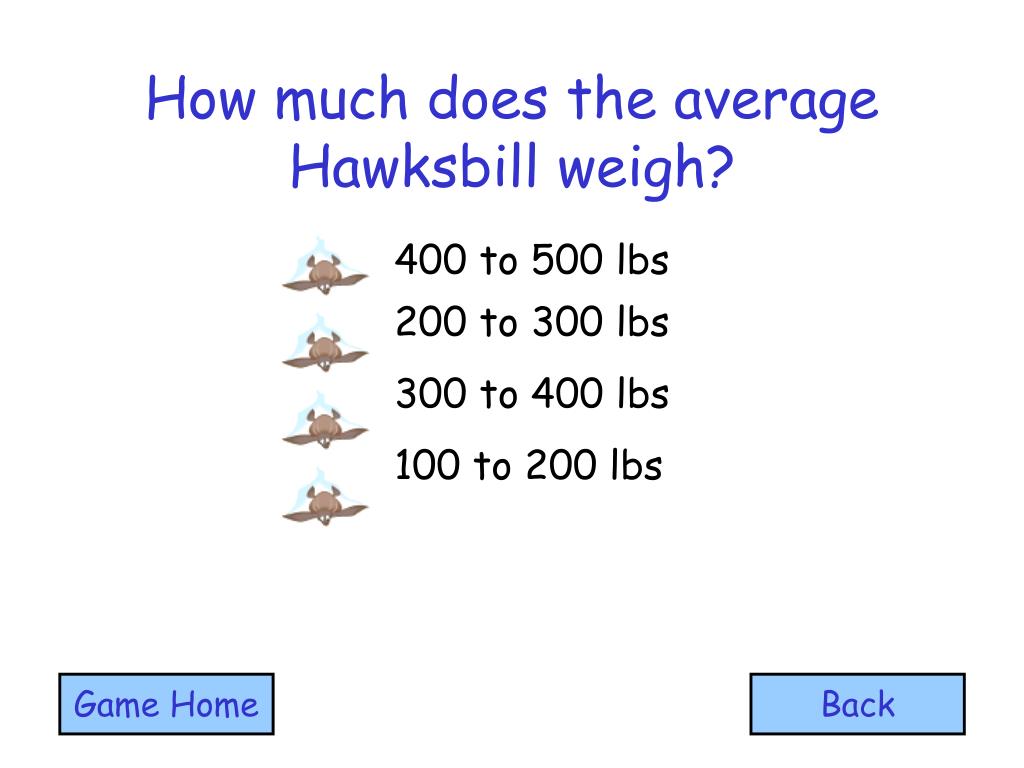 All factories are required to comply with generally accepted parameters. This is especially important in a situation where a certain size is produced in different plants.
All factories are required to comply with generally accepted parameters. This is especially important in a situation where a certain size is produced in different plants.
Tire production is clearly aimed at a gradual reduction in the total mass of products. Along with it, the rolling resistance is also reduced, thus reducing the average fuel consumption and the negative impact on the environment.
Reduced unsprung weight guarantees better performance in terms of:
Most manufacturers decide to reduce tire weight with each successive generation. This leads not only to an increase in productivity, but also to a reduction in production and material costs.
The situation may look a little different in the case of off-road tyres, where weight is still an extremely important parameter.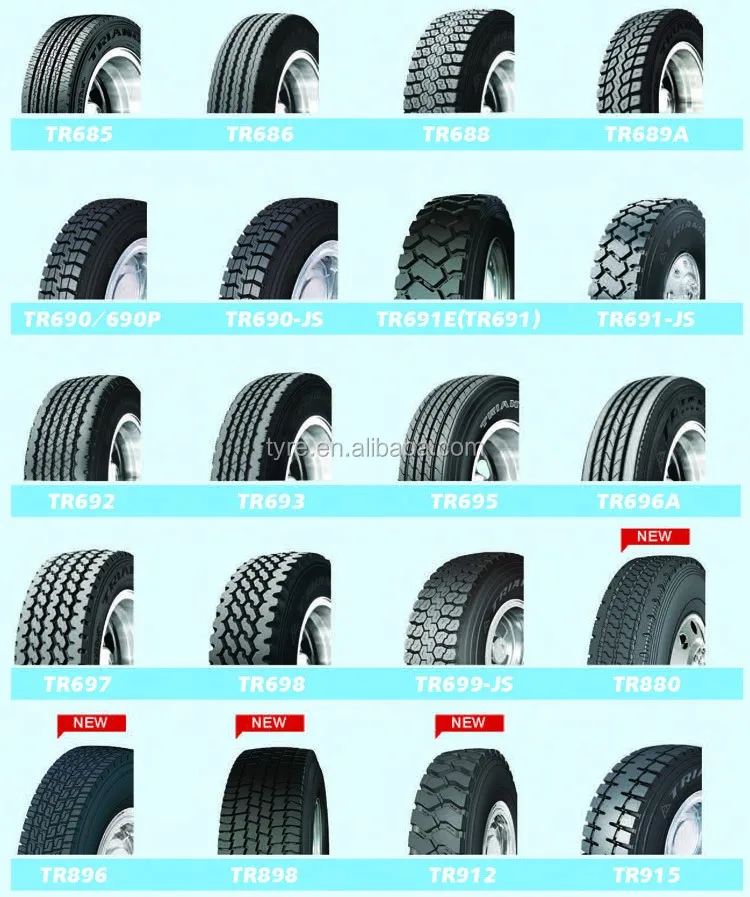 Such models may have different technologies and materials used.
Such models may have different technologies and materials used.
During production, there is a possibility of small deviations within the allowable value. These limits are usually more stringent when it comes to tires. Models that do not fit within the tolerance are considered incompatible and do not reach buyers.
Too little or too much weight compared to the specified one may indicate:
To lighten the tire, it is most useful to reduce the weight of individual components by using lighter materials (eg steel cords or light fiber textile cords).
There are a wide range of passenger car tires, as well as the number of sizes available, from 13-inch for small city cars to 20-inch for SUVs and sports cars.
They all vary in weight to some extent. Here are a few examples:
Here are a few examples:
Large weight differences for tires of the same ton of the same size are the result of different production decisions. In addition, some models must guarantee different performance for several types of vehicles, as well as withstand a different range of speeds and loads.
It happens that in the same model range and dimensions, tires are characterized by speed and power. For example, tires designed for increased loads will be heavier than standard ones.
This is due to the fact that they are equipped with additional reinforcing elements that provide a more massive structure.
How many kilograms can the total weight of tires of certain sizes reach? Let's check what proportion of the mass belongs to its individual elements.
Every radial tire currently produced for passenger cars must consist of the following:

Depending on its purpose, speed and load ratings, the design concept and the manufacturing process used by the manufacturer, the design can be supplemented with various elements.
However, it should be remembered that their share as a whole is usually less than that of the basic components, and does not exceed a few percent of the total mass.
In the case of the main elements, the tread has the largest share, the mass of which is about 35% of the total. For example, a 205/55 R16 tire can weigh 2.8-3.2 kg. The tread weight of 13-inch tires fluctuates around 2 kg.
In the case of low-profile models, characterized by low sides, but with a large circumference and a wide front, the share of tread in the total weight is higher and can exceed 40% of the weight of a car tire.
The tread is the only element whose weight changes during the life of the rubber. The gradual abrasion of the top layer reduces the total mass relative to the original.
Share:
 At the same time, one of the most important parameters has always been the weight of rubber, because the dynamics of the vehicle, the length of the braking distance and, as a result, the action of inertial forces, an indicator of fuel economy, largely depend on it.
At the same time, one of the most important parameters has always been the weight of rubber, because the dynamics of the vehicle, the length of the braking distance and, as a result, the action of inertial forces, an indicator of fuel economy, largely depend on it. Contents
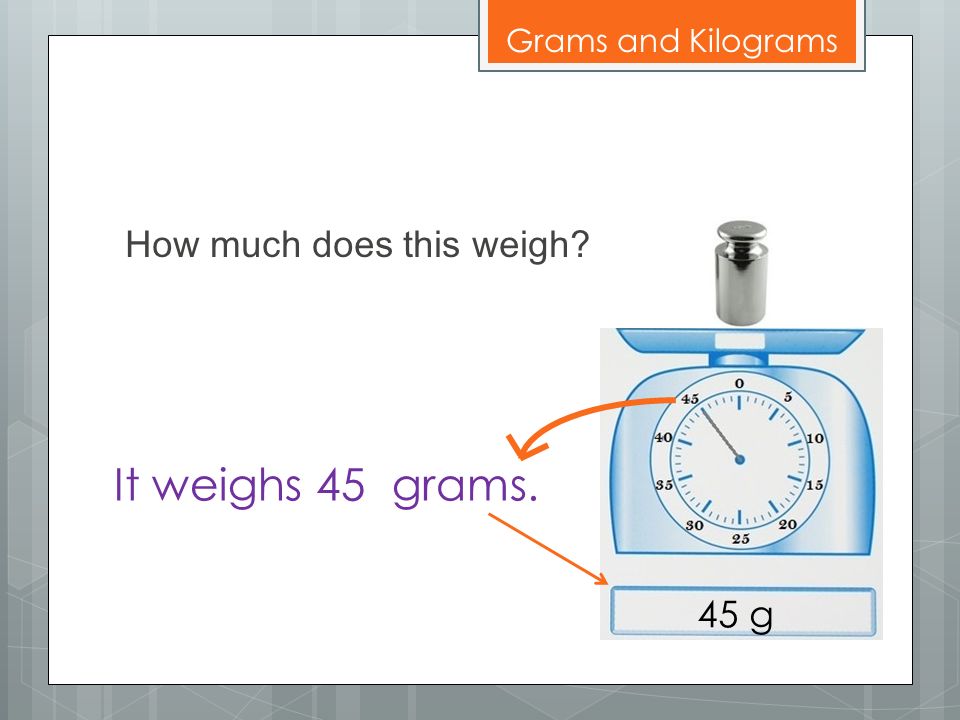
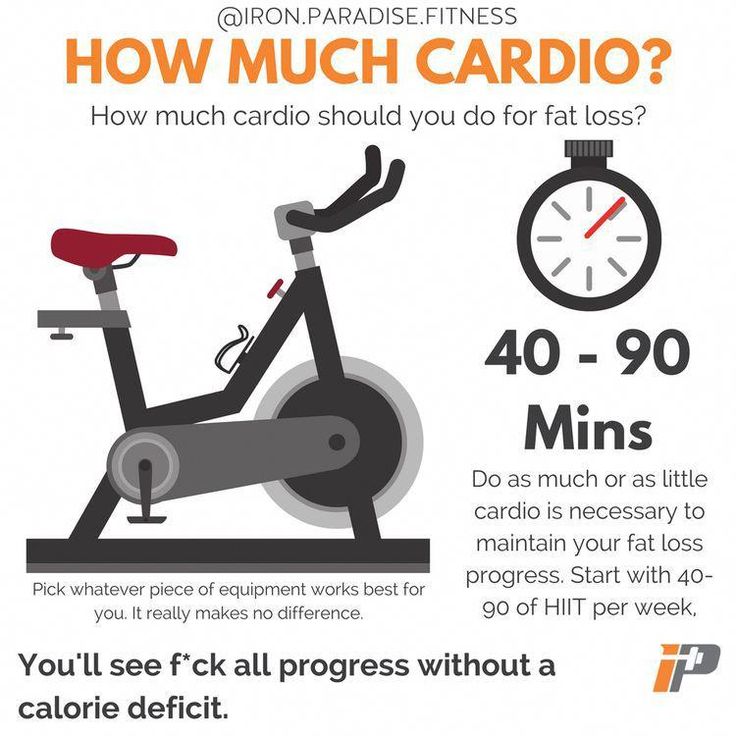
Important!
To make the choice of tires more objective, each driver must know the mass of the wheels and select the most convenient tire parameters for themselves. So, for example, if for a subcompact car with an engine power of less than 60 hp. With. a reinforced tire will be installed, its severity will even affect the traction properties of the vehicle. If high-speed driving is important for a motorist, then on heavy tires he will never be able to develop the maximum dynamics for a given vehicle.
To understand the relationship between wheel dimensions and weight, drivers should refer to specially compiled tabular materials that show all the basic tire parameters that affect this indicator and, accordingly, the average wheel weight for each dimensions.
Tire weights, a table with the most popular parameters such as tire sizes, weights and volumes is shown below.
| Tire width, mm 9–0,061 | 7,5–7,7 | |||||||||
| 195 | 60 | 13 | 0,06–0,062 | 7,9–8,1 | ||||||
| 215 | 50 | 13 | 0. 079–0,081 079–0,081 | 9,6–9,8 | ||||||
| 155 | 65 | 14 | 0,049–0,051 | 5,6–5,8 | ||||||
| 175 | 60 | 14 | 0.059–0.061 | 6.5–6.7 | ||||||
| 185 | 55 | 14 | 0,06–0,062 | 6,9–7,1 | ||||||
| 195 | 60 | 14 | 0,069–0,071 | 8,3–8,5 | ||||||
| 205 | 70 | 14 | 0,079–0,081 | 10,1–10,3 | ||||||
| 215 | 65 | 14 | 0,089–0,091 | 10,4–10,6 | ||||||
| 225 | 70 | 14 | 0.98–1 | 12.7–12.9 | ||||||
| 165 | 65 | 15 | 0,059–0,061 | 6,9–7,1 | ||||||
| 175 | 65 | 15 | 0,06–0,062 | 7,2–7 ,4 | ||||||
| 185 | 60 | 15 | 0,069–0,071 | 8,2–8,4 | ||||||
| 195 | 55 | 15 | 0,07–0,072 | 8,8 -9 | ||||||
| 205 | 65 | 15 | 0,088–0,09 | 9,5–9,7 | ||||||
| 215 | 60 | 15 | 0,089–0,091 | 11,3–11,5 | ||||||
| 225 | 60 | 15 | 0,099–0,1 | 10,8–11 | ||||||
| 235 | 70 | 15 | 0,119–0,121 | 14,9–15,1 | ||||||
| 255 | 65 | 15 | 0.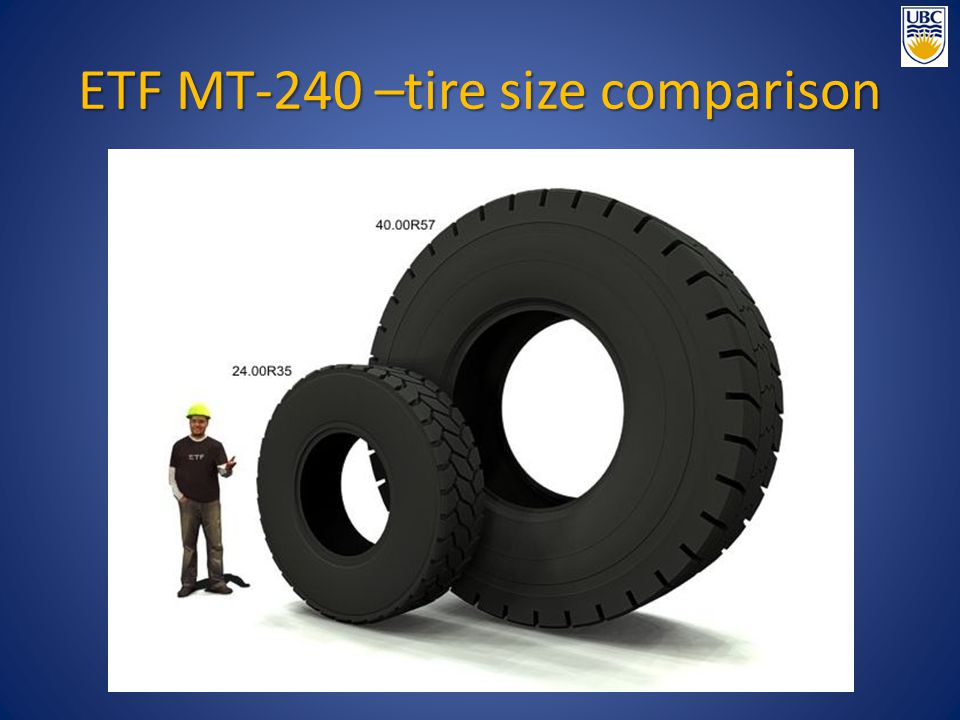 129–0.131 129–0.131 | 17.8–18.2 | ||||||
| 175 | 60 | 16 | 0,069–0,071 | 7,5–7,7 | ||||||
| 185 | 60 | 16 | 0,07–0,072 | 9,1–9,4 | ||||||
| 195 | 55 | 16 | 0,079–0,081 | 8,6–9,2 | ||||||
| 205 | 55 | 16 | 0,081–0,083 | 9,1–9,4 | ||||||
| 215 | 55 | 16 | 0.089–0.092 | 9,8–10,3 | ||||||
| 225 | 50 | 16 | 0,09–0,094 | 10,6–11 | ||||||
| 235 | 50 | 16 | 0,1 –0,104 | 10,9–11,3 | ||||||
| 245 | 45 | 16 | 0,102–0,106 | 11,4–11,8 | ||||||
| 255 | 40 | 16 | 0,111 –0.115 | 16.2–16.6 | ||||||
| 265 | 40 | 16 | 0,136–0,14 | 18,4–18,8 | ||||||
| 195 | 40 | 17 | 0,071–0,074 | 8,4–8,7 | ||||||
| 195 | 45 | 17 | 0,073–0,077 | 9–9,3 | ||||||
| 205 | 55 | 17 | 0,088–0,091 | 10,5–10,9 | ||||||
| 215 | 65 | 17 | 0. 11-0.114 11-0.114 | 13-13.4 | ||||||
| 225 | 60 | 17 | 0,112–0,116 | 13,5–13,9 | ||||||
| 235 | 60 | 17 | 0,119–0,123 | 12,8–13,2 | ||||||
| 245 | 55 | 17 | 0,121–0,125 | 12,9–13,3 | ||||||
| 255 | 55 | 17 | 0,122–0,128 | 13,1–13,4 | ||||||
| 265 | 50 | 17 | 0,124–0,13 | 13,2–13,6 | ||||||
| 275 | 50 | 17 | 0,14–0,141 | 18,4 — 19 | ||||||
| 205 | 40 | 18 | 0,079–0,081 | 8,9–9,2 | ||||||
| 215 | 55 | 18 | 0,099–0,102 | 11,4–11,8 | ||||||
| 225 | 55 | 18 | 0.108–0.112 | 12.4–12.8 | ||||||
| 235 | 60 | 18 | 0,129–0,133 | 16,1–16,6 | ||||||
| 245 | 60 | 18 | 0,148–0,154 | 16,7–17,2 | ||||||
| 255 | 60 | 18 | 0,151–0,157 | 16,8–17,4 | ||||||
| 265 | 60 | 18 | 0,158–0,164 | 17–17,6 | ||||||
| 275 | 65 | 18 | 0.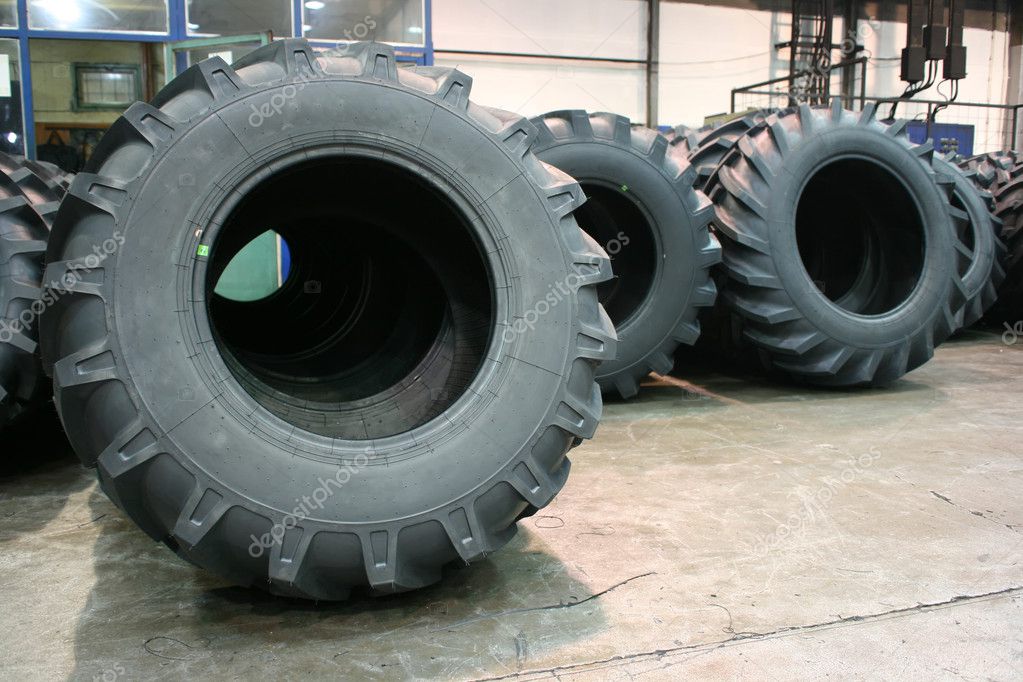 198–0.204 198–0.204 | 18.7–19.4 | ||||||
| 285 | 65 | 18 | 0.208–0.218 | According to the given weights and volumes of tires according to the table, motorists just need to select the tire parameter they are interested in for their vehicle, and then multiply the corresponding indicator of the mass of one tire by 4. In this way, you can find out the mass of all tires that need to be installed on the vehicle. Wheel assemblyWeight of tires for trucksMany car enthusiasts are wondering how much tires for trucks weigh, which plow Russian federal highways in large numbers. Note! It must be said right away that these wheels are several orders of magnitude superior to passenger tires in terms of geometric parameters, but that's not all - they have a much higher wear resistance index, which is achieved due to a larger number of rubber layers in the sole and side cord of the tires. Because of this, the total volume of the rubber compound that is spent on the manufacture of such a tire significantly exceeds the same indicator for a tire of a smaller dimension, and, of course, such a product has a relatively large mass. | 65,7 | 275/80/R22,5 | 0,239 | 51,9 | ||
| 11,00R22,5 | 0,384 | 51,8 | 285/70/R19,5 | 0,191 | 43,6 | |||||
| 12,00R20 | 0,457 | 71,5 | 295/60/R22,5 | 0,301 | 62,7 | |||||
| 12,00R24 | 0,315 | 79.7 | 295/75/R22.5 | 0.267 | 57.4 | |||||
| 12,00R22,5 | 0,366 | 64,7 | 295/80/R22,5 | 0,288 | 63,5 | |||||
| 13,00R22,5 | 0,528 | 70,6 | 305/70/R19,5 | 0,196 | 45,6 | |||||
| 14,00R20 | 0,533 | 104,8 | 305/70/R22,5 | 0,284 | 61,5 | |||||
| 205/65/R17.5 | 0.127 | 14.9 | 315/60/R22.5 | 0,299 | 63,2 | |||||
| 205/75/R17,5 | 0,131 | 16,1 | 315/70/R22,5 | 0,353 | 64,3 | |||||
| 215/ 75/R17,5 | 0,148 | 26,4 | 315/80/R22,5 | 0,327 | 71,1 | |||||
| 235/75/R16 | 0,129 | 15,9 | 365 /80/R20. 5 5 | 0.436 | 74.7 | |||||
| 245/75/R17.5 | 0,134 | 22,3 | 385/55/R22,5 | 0,377 | 75,1 | |||||
| 245/75/R17,5 | 0,141 | 29,4 | 385/65/R22 ,5 | 0,383 | 76,3 | |||||
| 265/70/R17,5 | 0,148 | 30,7 | 385/65/R22,5 | 0,378 | 76,7 | |||||
| 265/70/R19.5 | 1.152 | 34.5 | 425/65/R22.5 | 0.479 | 84.8 | |||||
| 275/70/R17.5 | 0,164 | 32.3 | 435/50/R19.5 | 0.362 | 63.3.3.3.3.3.3.3.3.3.3.3.3.3.3.3.3.3.3ALATED 5 | 0.177 | 39.7 | 445/65/R22.5 | 0.561 | 96.4 |
Important !
Thus, if a full-fledged truck has 26 wheels on 9 axles, then the mass of tires on them can exceed 2 tons, but this has little effect on its cruising speed, since the total curb load from its own weight and transported goods can be dozens of times more.
Note!
Unfortunately, at the factory, manufacturers almost never insert the mass of the tire into the marking line, which indicates the size range, indexes and other rubber characteristics, and motorists have to look for this parameter on their own in the catalogs of a particular tire brand. In addition, it is not the mass of the tire that is important for the driver, but the total weight of the wheel assembly, since on the basis of this value it is possible to select the value of inertial forces and determine the braking distance of the car or the risk of skidding.
So, this indicator consists of the following parameters:
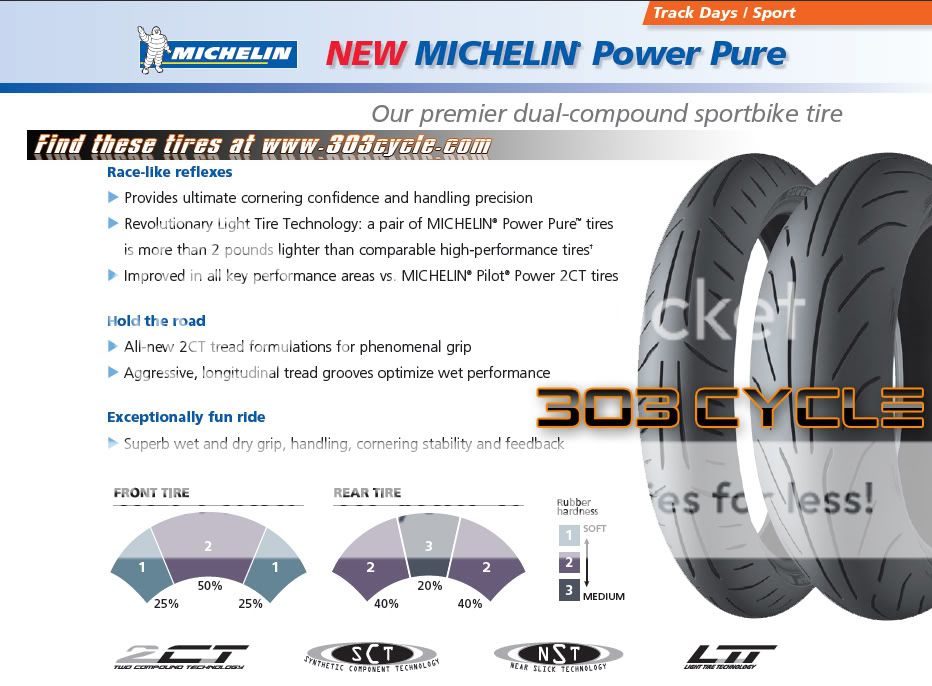

Please note!
Some drivers believe that air under pressure in a tire also has mass, and of course this is partly true, but compared to the total weight of the wheel assembly, this value does not even reach 1/1000 of the total mass.
How much does an R16 or R17 tire weigh? To understand what the mass of the wheel assembly is, then, depending on the material of the disk, the tire mass given above simply needs to be multiplied by a correction factor from 1.6 to 2. Thus, if the weight of the R16 wheel assembly for a passenger car is about 11 kg , then the wheel assembly on an alloy wheel will have a mass of approximately 17–18 kg.